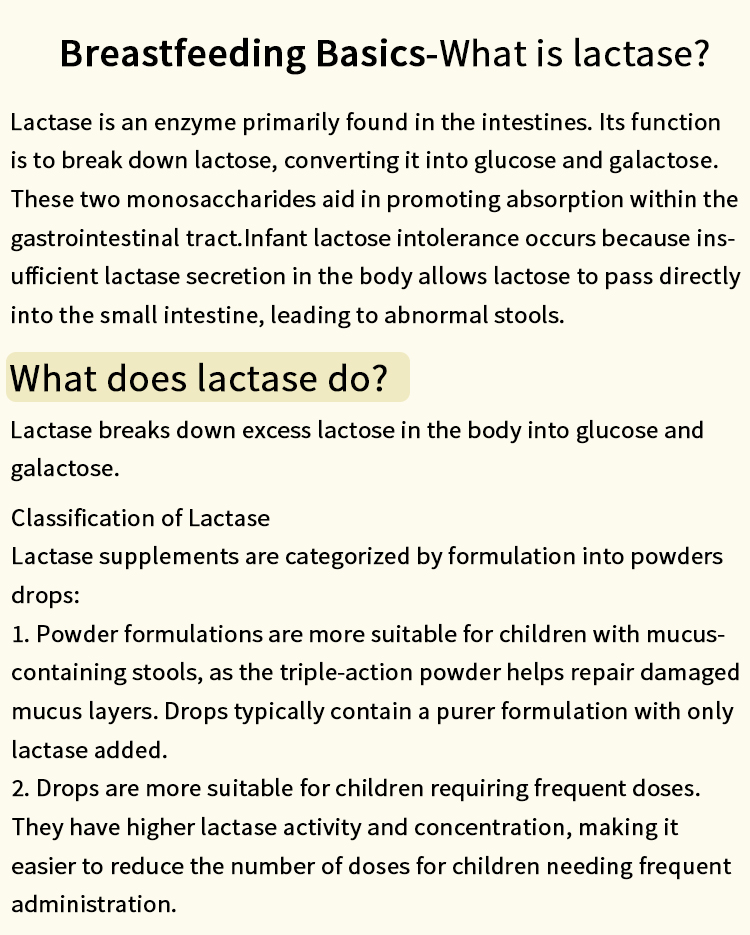In recent years, the debate surrounding the environmental impact of materials has intensified, particularly when comparing compostable products to traditional plastics. As consumers become increasingly aware of their ecological footprint, the question arises: Is compostable better than plastic? This article delves into the nuances of both materials, examining their environmental implications, practical applications, and the broader context of sustainability.
Understanding Compostable Materials
Compostable materials are organic substances that can break down into natural elements in a compost environment, typically within 90 to 180 days. These materials are designed to decompose into nutrient-rich compost, which can enhance soil health and support plant growth. Common compostable products include:
- Bioplastics: Made from renewable resources such as corn starch or sugarcane, these materials can mimic traditional plastics but are designed to decompose.
- Paper Products: Items like plates, cups, and utensils made from sustainably sourced paper can also be composted.
- Food Waste: Organic waste, including fruit and vegetable scraps, is a significant component of composting.
The Environmental Impact of Plastics
Plastic pollution has emerged as one of the most pressing environmental challenges of our time. Traditional plastics, derived from fossil fuels, can take hundreds of years to decompose. They contribute to landfills, ocean pollution, and harm wildlife. The production of plastic also involves significant carbon emissions, exacerbating climate change. Key issues associated with plastic include:
- Microplastics: As plastics break down, they fragment into microplastics, which have infiltrated ecosystems and food chains, posing risks to human health and biodiversity.
- Resource Intensity: The extraction and processing of fossil fuels for plastic production are resource-intensive, leading to habitat destruction and increased greenhouse gas emissions.
Compostable Materials: The Pros and Cons
While compostable materials present a promising alternative to plastics, they are not without their challenges. Here are some advantages and disadvantages:
Advantages:
- Reduced Waste: Compostable products can significantly reduce the volume of waste sent to landfills, as they break down into organic matter.
- Soil Enrichment: The compost produced from these materials can improve soil health, promoting biodiversity and reducing the need for chemical fertilizers.
- Lower Carbon Footprint: Many compostable materials are derived from renewable resources, resulting in a lower carbon footprint compared to traditional plastics.
Disadvantages:
- Composting Infrastructure: The effectiveness of compostable materials relies heavily on the availability of proper composting facilities. In many regions, such infrastructure is lacking, leading to compostable products ending up in landfills.
- Contamination Risks: If compostable items are mixed with traditional plastics in waste streams, they can contaminate recycling processes and hinder the composting of organic waste.
- Limited Lifespan: Compostable products may not be suitable for all applications, particularly those requiring durability or moisture resistance.
The Bigger Picture: A Holistic Approach to Sustainability
The question of whether compostable is better than plastic cannot be answered in isolation. It requires a broader understanding of sustainability, which encompasses not only material choice but also consumption patterns, waste management practices, and societal values. Here are some considerations:
- Consumer Education: Raising awareness about the benefits and limitations of compostable materials is crucial. Consumers must understand how to properly dispose of these items to maximize their environmental benefits.
- Innovative Solutions: The development of new materials and technologies, such as biodegradable plastics and advanced composting methods, can bridge the gap between convenience and sustainability.
- Policy and Regulation: Governments play a vital role in promoting sustainable practices through regulations, incentives for composting infrastructure, and support for research into alternative materials.
Conclusion: A Balanced Perspective
In the debate of compostable versus plastic, it is essential to recognize that both materials have their place in our society. While compostable products offer a more sustainable alternative to traditional plastics, they are not a panacea for the environmental challenges we face. A multifaceted approach that includes reducing consumption, enhancing waste management systems, and fostering innovation is necessary to create a sustainable future.





